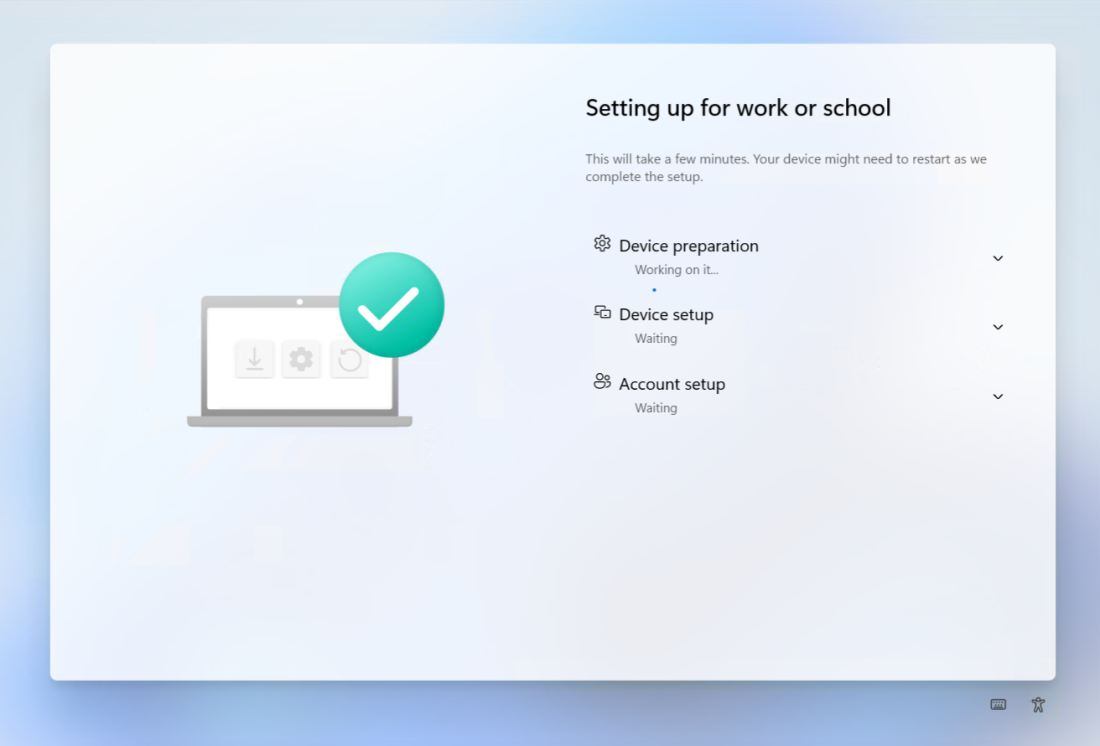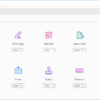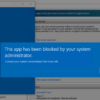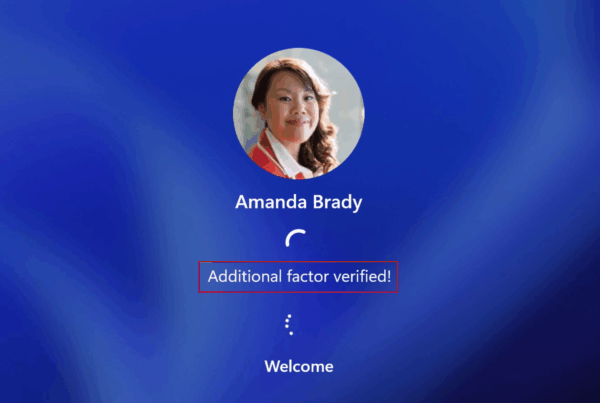Welcome to our new blog post about Learn about Autopilot User-Driven vs. Self-Deploying mode. Microsoft’s Windows Autopilot is a powerful tool that simplifies the process of setting up new Windows devices. Whether you’re part of a large IT team managing hundreds of computers or a small business looking to streamline employee onboarding, Autopilot helps get devices up and running quickly, securely, and with minimal effort. But Autopilot isn’t a one-size-fits-all solution. It offers different deployment modes tailored to specific scenarios. Two of the most commonly used modes are User Driven and Self Deploying. Each has its own strengths and is best suited for different use cases. In this post, we’ll break down what each mode does, how they compare, and how to decide which one is right for your organization.
Table of Contents
Learn about Autopilot User-Driven vs. Self-Deploying mode
What is Autopilot User Driven Mode?
User Driven mode is designed for situations where the end user will be the primary person setting up and using the device. It provides a seamless and guided setup process that requires the user to sign in, after which the device is configured automatically.
Key Features:
- The user signs in with their Azure AD (or Hybrid Azure AD) credentials.
- The device is automatically joined to Azure AD and enrolled in Intune.
- Apps, settings, and policies specific to the user are automatically applied.
- BitLocker encryption is enabled during setup.
- Windows Hello for Business is configured during the process.
Best For:
This mode is ideal for individual employees or remote workers who are receiving a new device. It allows them to set up the device themselves without needing IT to be physically present, while still ensuring the device is fully secured and compliant with company policies.
What is Autopilot Self Deploying Mode?
Self Deploying mode is designed for devices that don’t need to be personalized for a specific user. Instead, the device sets itself up automatically with no interaction required from anyone.
Key Features:
- No user credentials are needed during setup.
- The device is automatically joined to Azure AD and enrolled in Intune.
- Windows Hello for Business is not used.
- Only works with Azure AD join (not Hybrid Azure AD).
- Requires a physical Ethernet connection (Wi-Fi cannot be configured without user interaction).
- TPM 2.0 with device attestation is required.
Best For:
This mode is best suited for shared devices, kiosks, digital signage, or lab computers. These are scenarios where the same configuration applies to all users and where there’s no need to assign the device to a specific person.
Comparing User Driven and Self Deploying Modes
Here’s a quick comparison to help highlight the main differences between the two modes:
| Feature | User Driven | Self Deploying |
|---|---|---|
| User interaction | Required | None |
| Azure AD join | Azure AD or Hybrid | Azure AD only |
| Ideal for | Individual users | Shared/kiosk devices |
| BitLocker | Enabled during setup | Enabled if supported |
| Windows Hello for Business | Enabled | Not supported |
| TPM requirement | Recommended | Required with attestation |
| Network requirement | Ethernet or Wi-Fi | Ethernet only |
| App and policy targeting | User-specific | Device-specific |
The right Autopilot mode depends on how the device will be used:
- Choose User Driven if the device is for an individual user who will sign in and use it personally. It’s the go-to option for most employee devices and provides a smooth, secure onboarding experience.
- Choose Self Deploying if the device will be used in a shared, public, or unattended environment. This is perfect for kiosks, lab machines, or other scenarios where personalization isn’t necessary and automation is key.
Both modes can help reduce manual setup work, improve consistency, and enhance the end-user experience when deployed correctly.
Conclusion
In this blog post we Learn about Learn about Autopilot User-Driven vs. Self-Deploying mode. Windows Autopilot offers a modern approach to provisioning Windows devices, with options that suit both personalized and shared environments. Understanding the difference between User Driven and Self Deploying modes is essential for choosing the right setup for your organization. By using the right Autopilot deployment mode, you can streamline device rollouts, minimize IT overhead, and ensure a secure, user-friendly setup experience every time. Did you enjoy this article? Dont forget to follow us and share this article. If you have any questions or need further assistance, feel free to reach out or leave a comment below.














